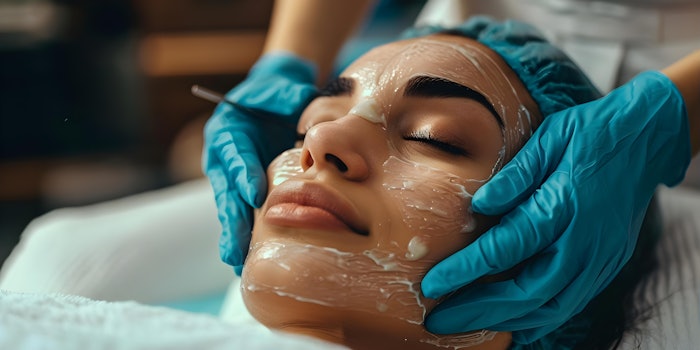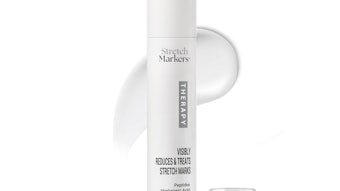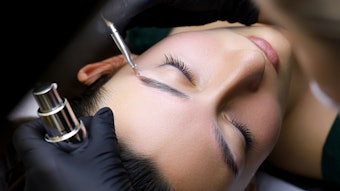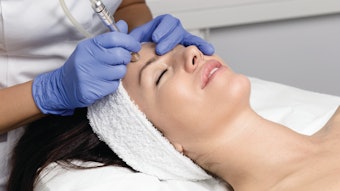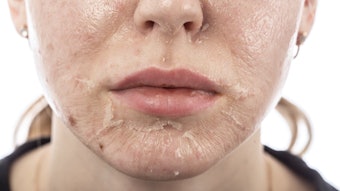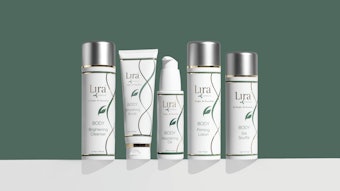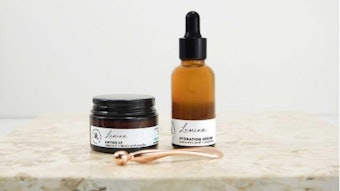When peel season rolls around, most of us estheticians get excited about the chance to help clients refresh their skin and head into the cooler months with a glow. However, when it comes to working with clients whose melanin is more active, the “why” behind prepping becomes even more important.
When peel season rolls around, most of us estheticians get excited about the chance to help clients refresh their skin and head into the cooler months with a glow. However, when it comes to working with clients whose melanin is more active, the “why” behind prepping becomes even more important.
It Helps Prevent Unwanted Pigment Changes
Skin with more melanin is naturally more reactive. That means if we skip proper preparation, there’s a higher chance of post-inflammatory hyperpigmentation (PIH) showing up after a peel. When we prep the skin, it gives us a way to lower that risk and helps keep results even and consistent.
It Protects the Skin’s Barrier
Think of the skin barrier like a security guard, it decides what gets in and what stays out. For clients with skin of color, the barrier may respond differently to exfoliation. Prepping ensures that their skin is stronger and more resilient before we introduce acids into the mix.
It Maximizes Results
A good peel isn’t just about avoiding side effects; it’s about getting the best possible outcome. When skin is conditioned and ready, those professional-grade ingredients work more evenly. That means brighter, smoother and healthier-looking results that clients notice right away.
It Builds Trust
Let’s be honest: many clients who have melanated skin have heard horror stories about chemical peels going wrong. By emphasizing preparation, you’re not just protecting their skin and your license; you’re showing them you understand their unique needs. That level of care helps clients feel safe and seen, which builds loyalty that lasts.
It Accounts for Seasonal Shifts
Cooler months can bring extra dryness and uneven tone, and skin of color often feels that shift in a bigger way. Prepping allows us to meet the skin where it is, making sure treatments work with seasonal changes instead of against them.
Bottom line: Prepping skin of color for chemical peel season isn’t just a professional step; it’s a commitment to safety, better outcomes and stronger relationships. Clients who see the benefits of thoughtful preparation come back not only for their next peel, but for every season in between.
